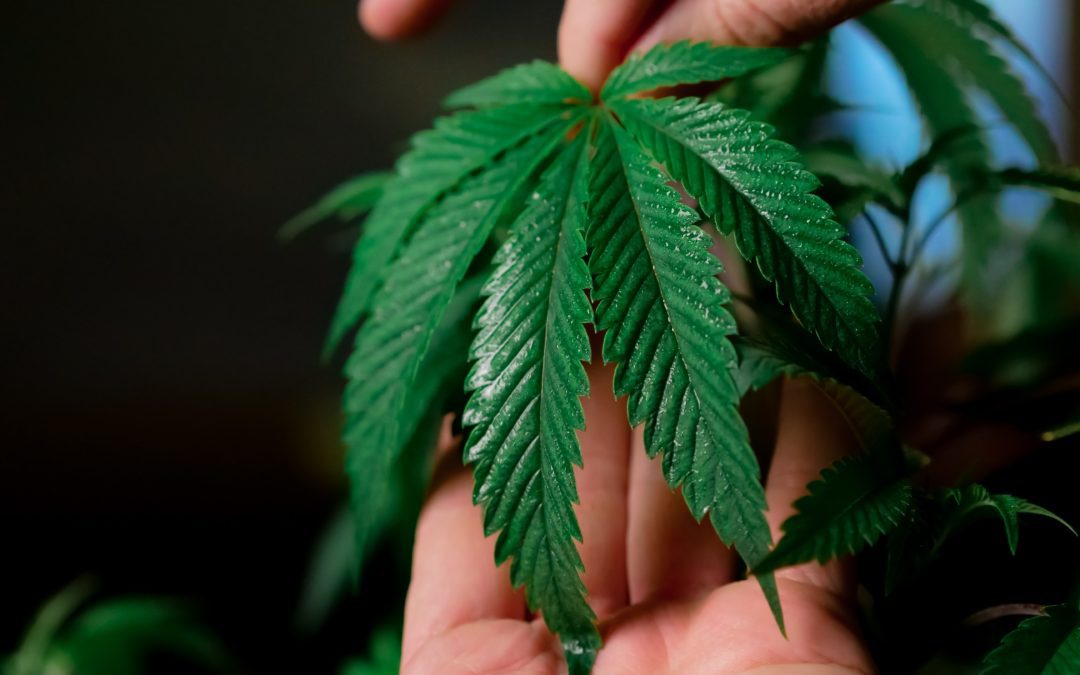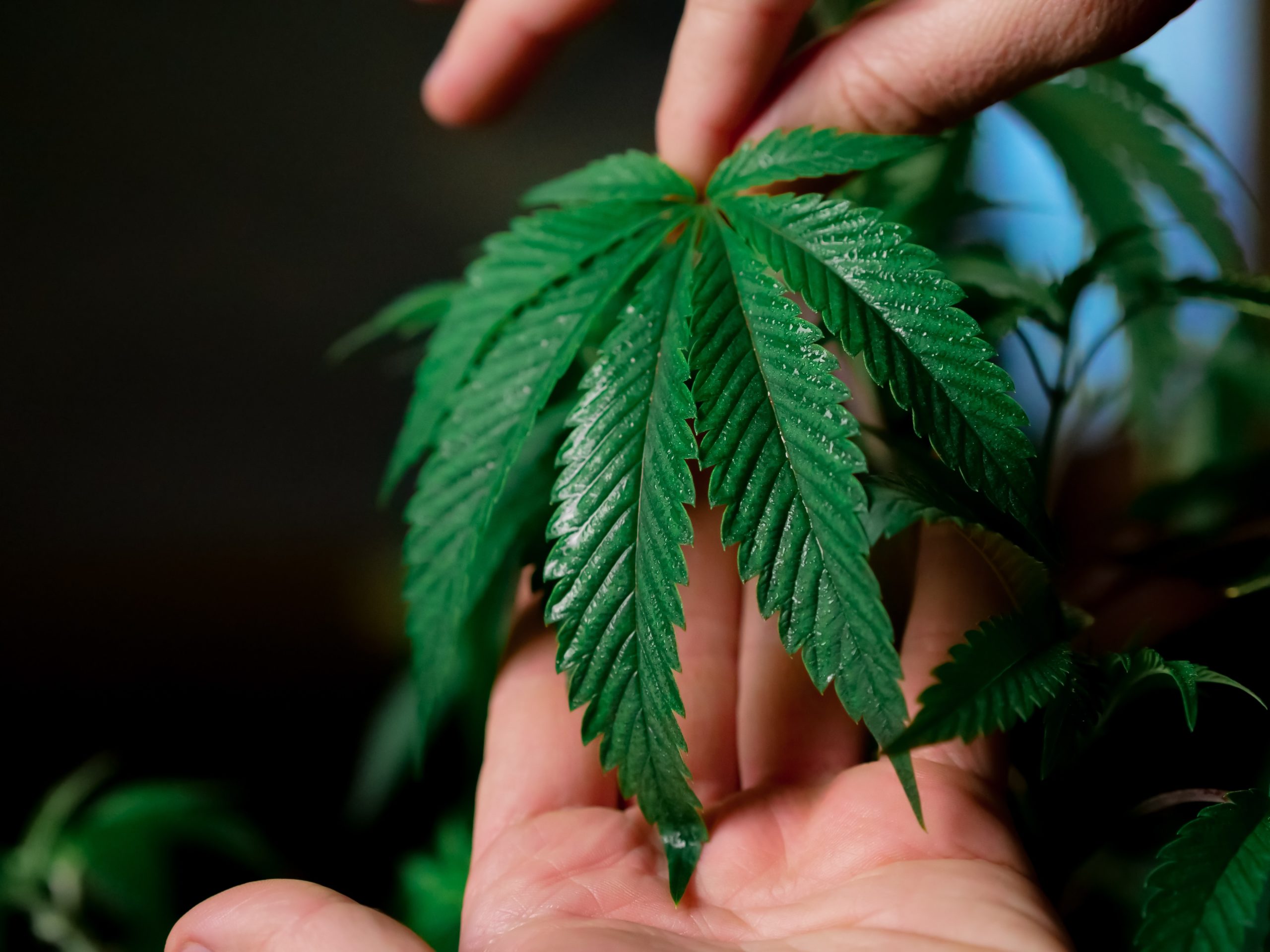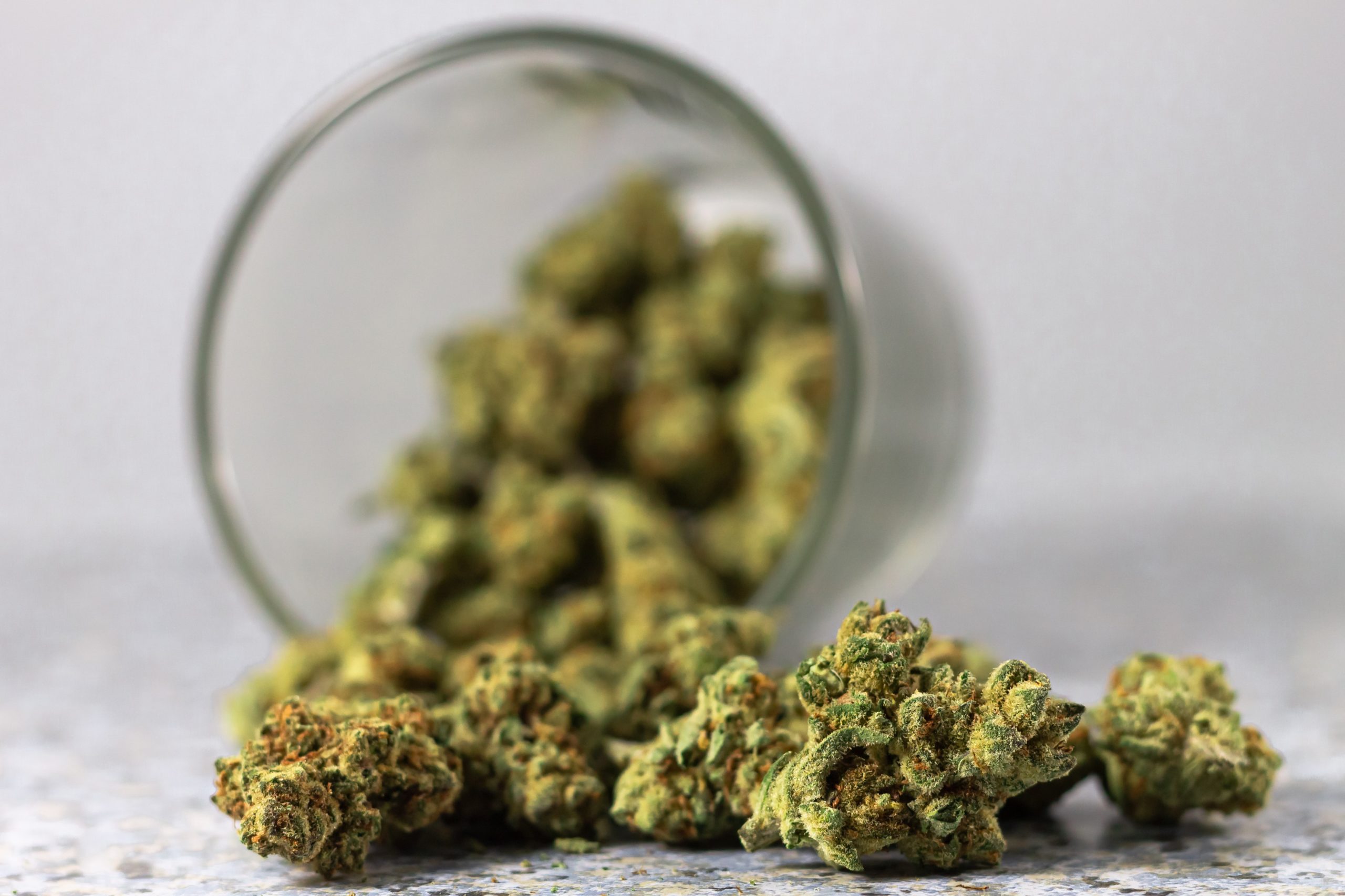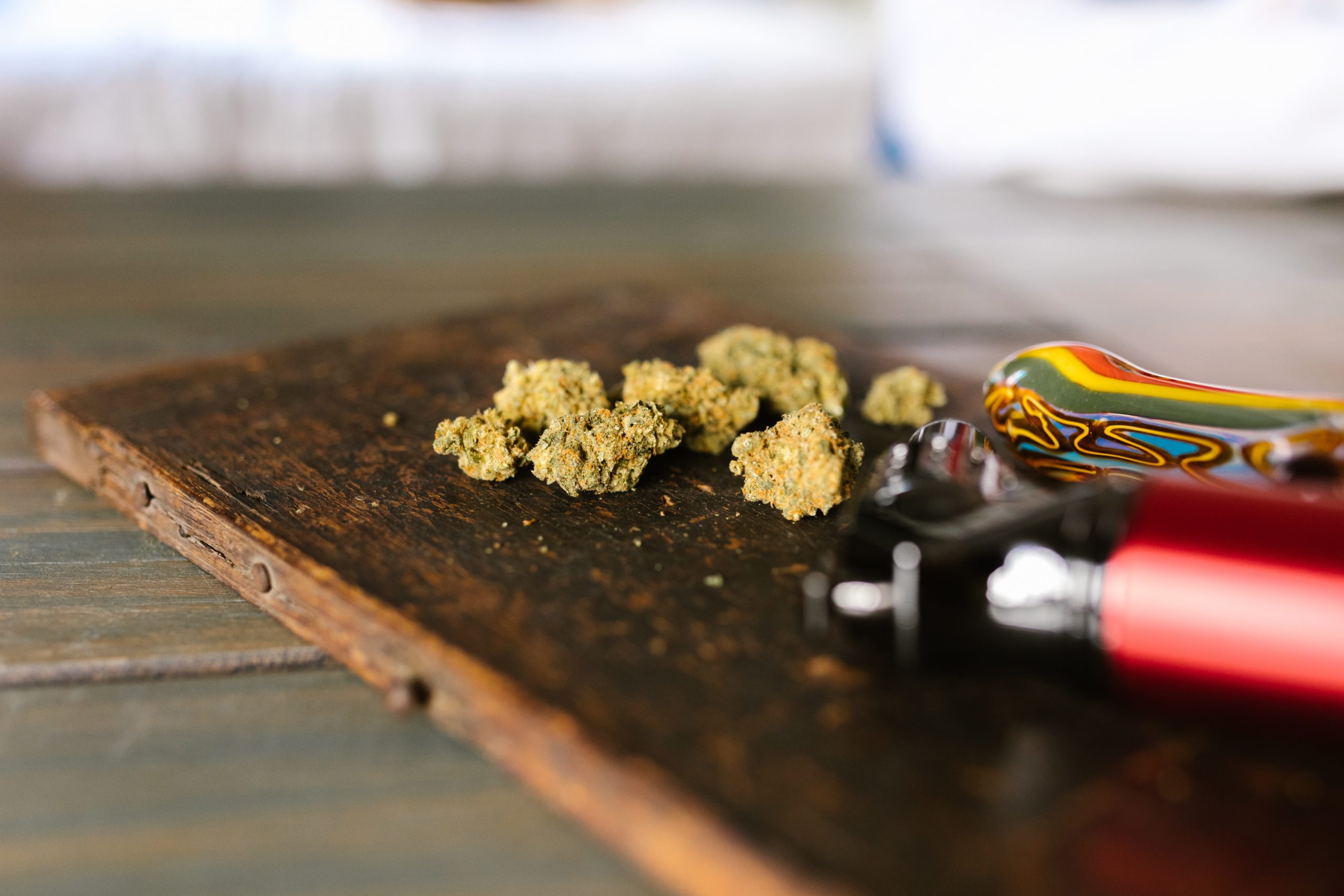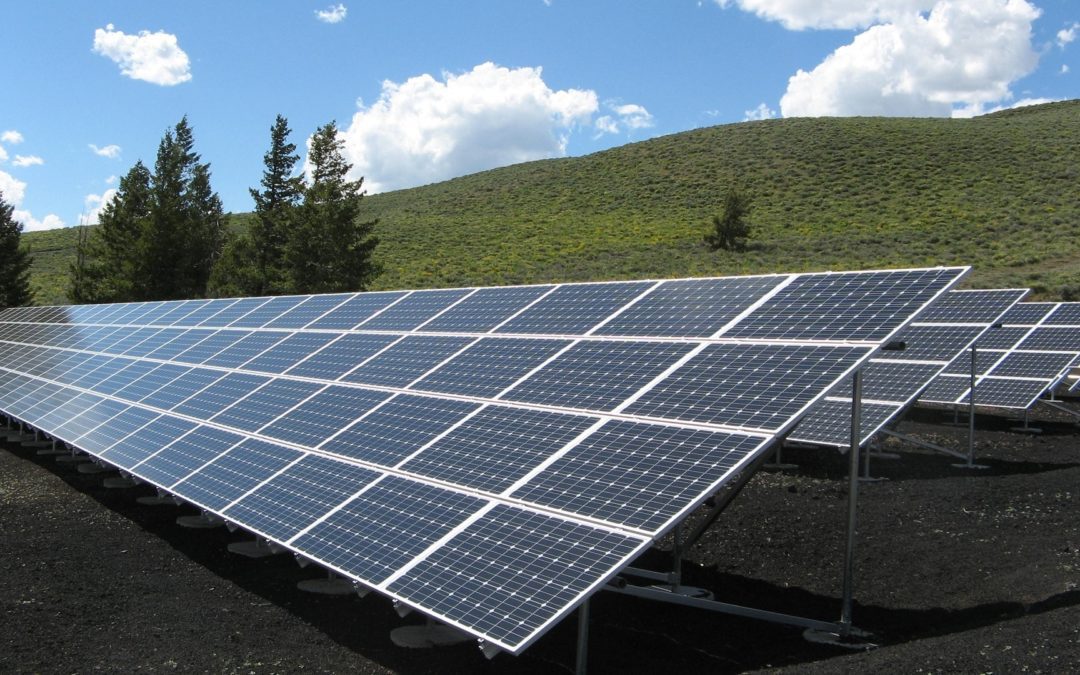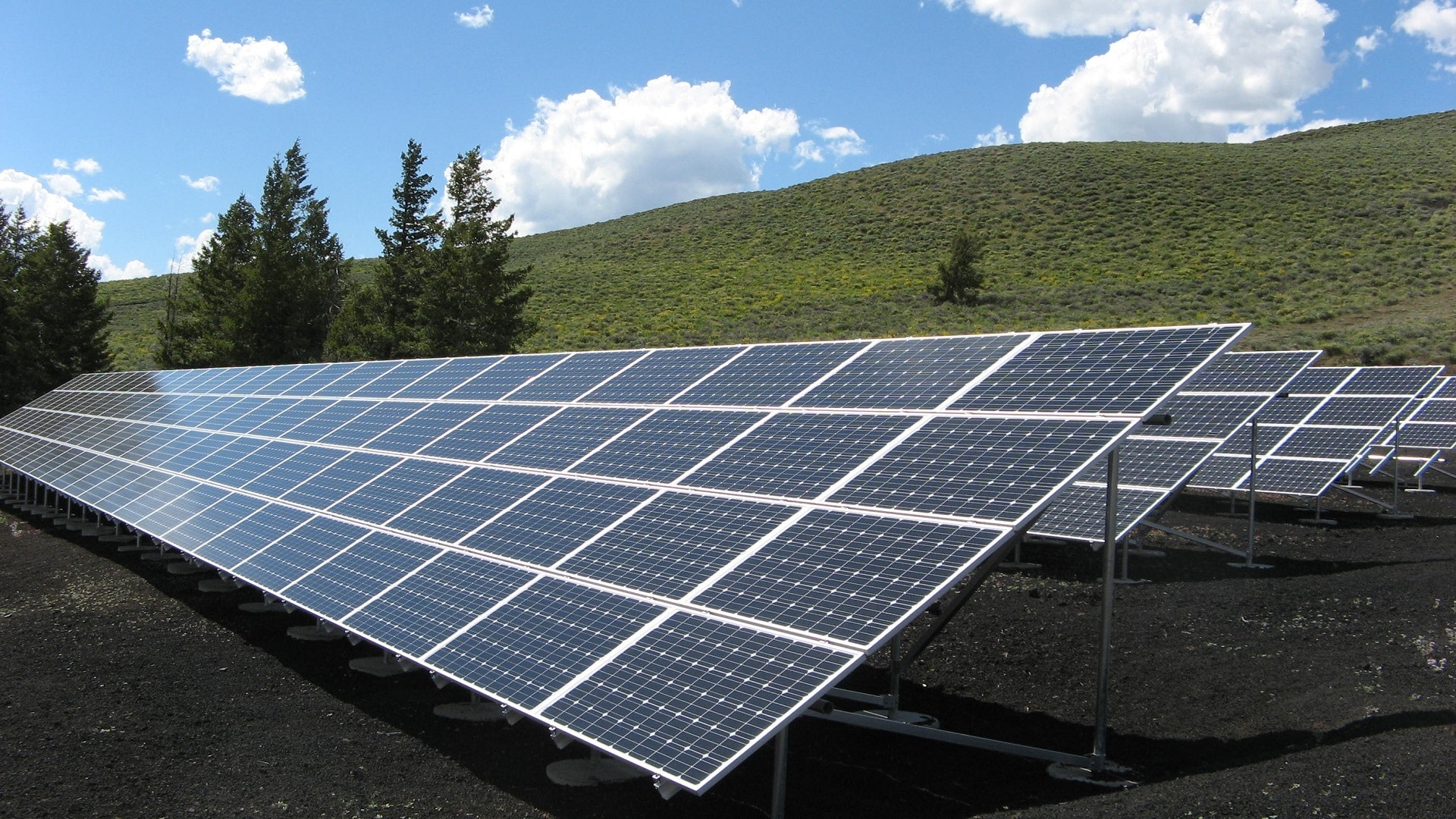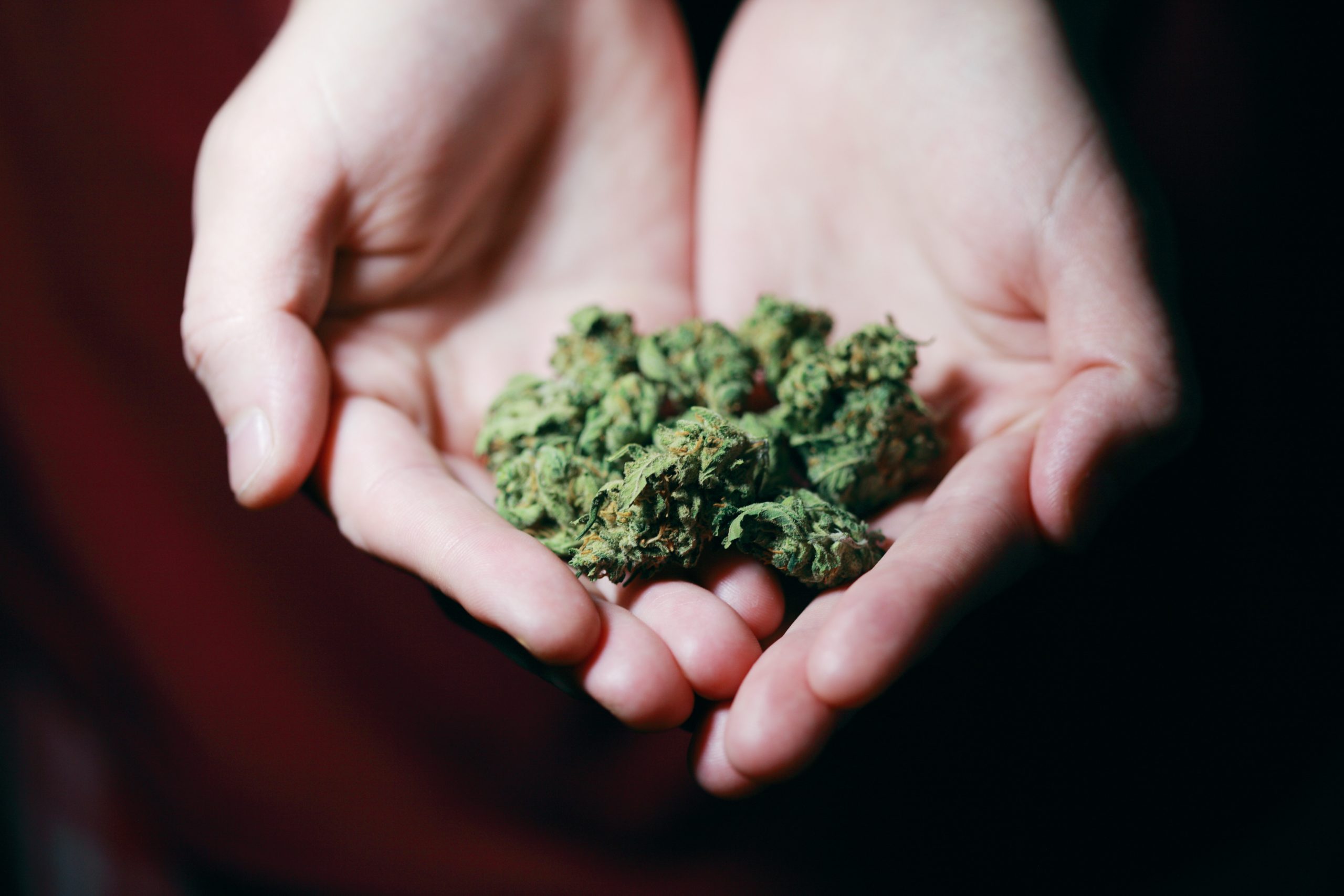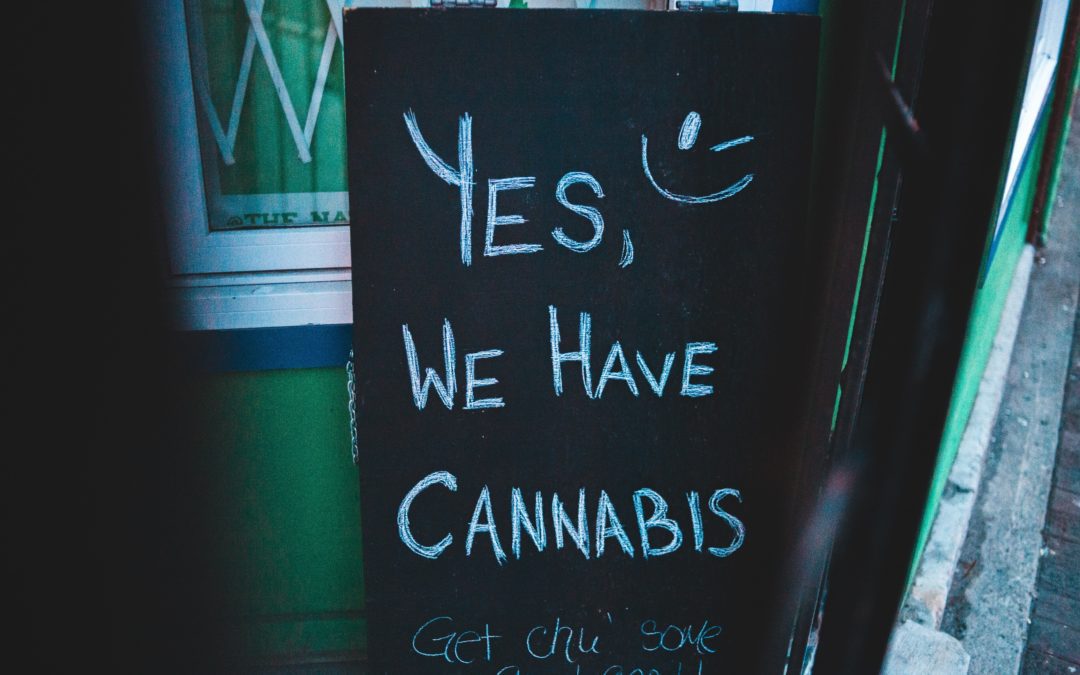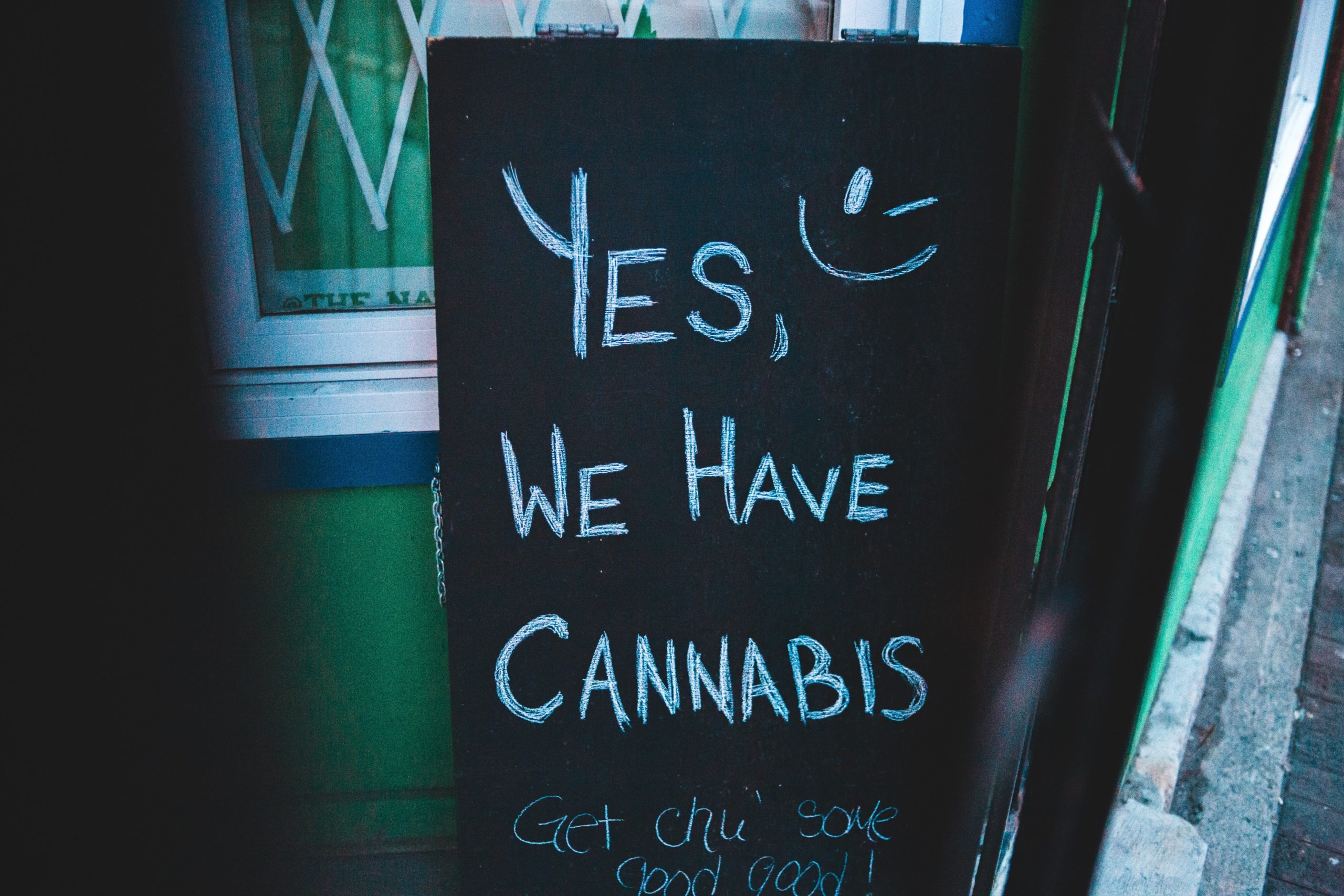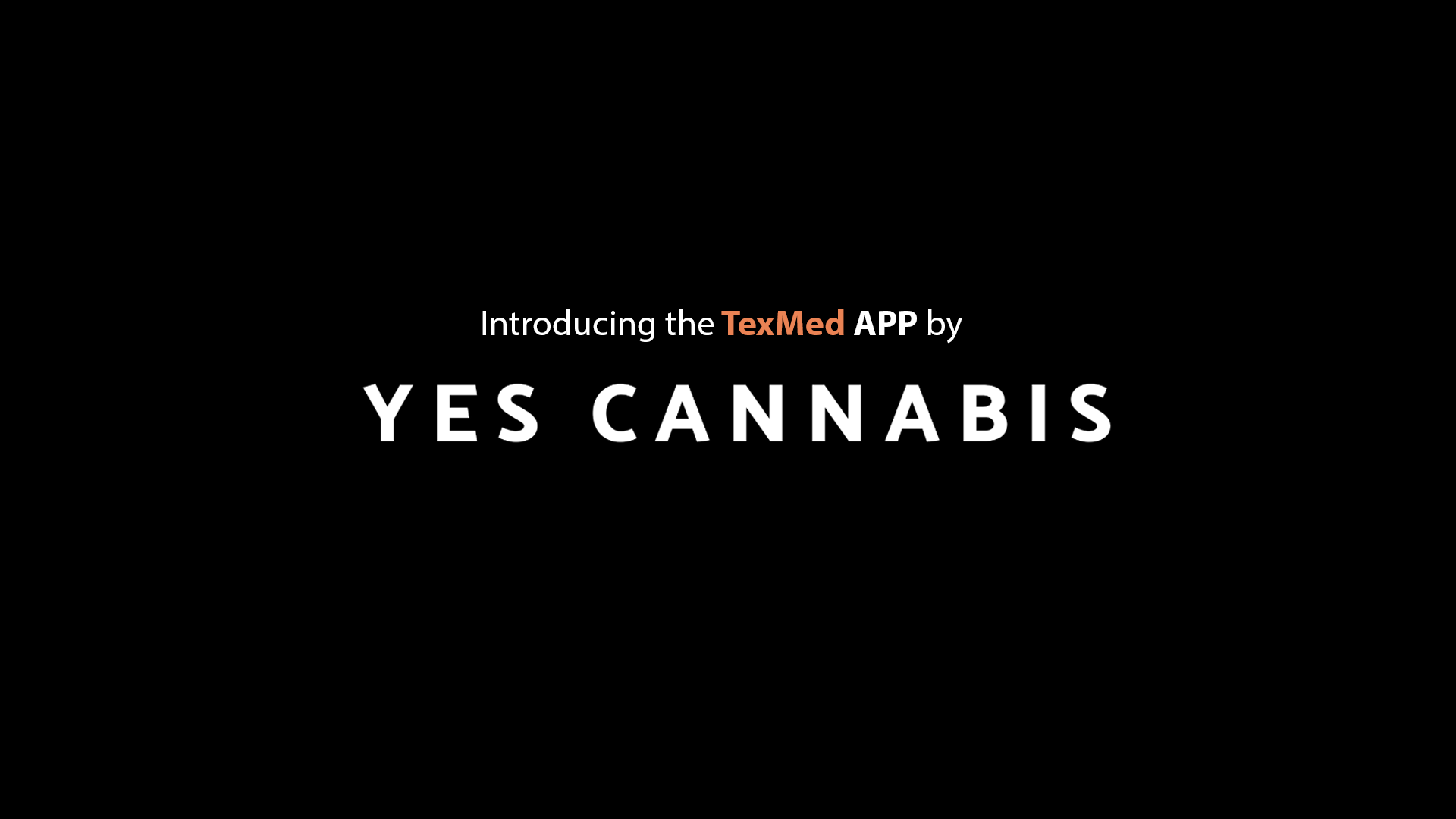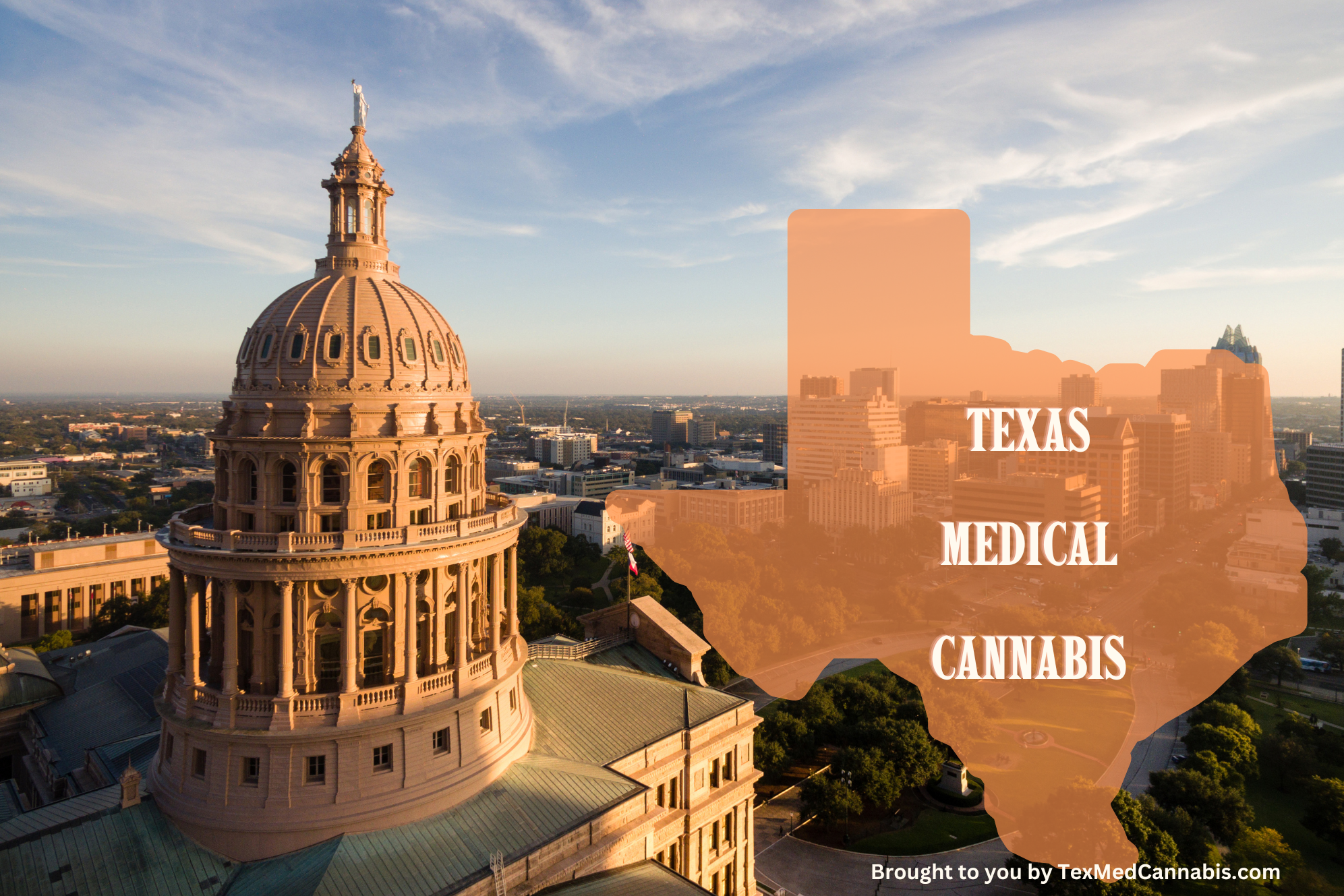
The Cannabis Boom: How America’s Love for the Plant is Reshaping Markets

Introduction
Cannabis once shrouded in controversy and legal restrictions, has now firmly entrenched itself in the mainstream American consumer landscape. The plant that was once relegated to underground markets is now a thriving industry, with Americans showing an insatiable appetite for legal cannabis products. According to a recent comprehensive report from MJBizDaily, a prominent cannabis industry publication, Americans spent a staggering $30 billion on legal cannabis products in 2022 alone. This astronomical figure not only reflects the plant’s widespread acceptance but also surpasses the combined sales of beloved staples like chocolate and craft beer, which amounted to $20 billion and $7.9 billion, respectively.
The Cannabis Sales Surge
The meteoric rise in cannabis sales is a testament to the expanding geographic market. It’s been just over a decade since Colorado and Washington first legalized recreational cannabis use for adults, and since then, an additional 20 states have followed suit, with 19 others permitting the medical use of the substance. This wave of legalization has led to an unprecedented surge in retail sales of cannabis, overshadowing revenues generated by products aimed at enhancing overall well-being.
Cannabis vs. Tobacco
One striking trend highlighted in MJBizDaily’s report is the decline in sales of cigarette tobacco compared to the surging demand for cannabis. In 2022, US consumers spent a substantial $52.7 billion on tobacco products, but cannabis sales are unmistakably on an upward trajectory. If this trend persists, projections indicate that cannabis sales could reach a staggering $33.6 billion this year and could soar to nearly $57 billion by 2028, according to estimations from MJBizDaily.
Changing Landscape of Cannabis Consumption
While medical cannabis currently constitutes approximately one-third of total cannabis sales, the report predicts that this proportion will steadily decline as consumers increasingly gravitate toward readily accessible recreational options. The cannabis market has diversified, offering a wide range of formats, including vape pens, pre-rolls, beverages, resins, and tinctures, all contributing significantly to the industry’s burgeoning success.
The Rise of Edibles
Among the various consumption options, edibles have emerged as a particularly popular category. Within the edible market, cannabis-infused gummies, in particular, have captured the hearts (and taste buds) of consumers, generating approximately $100 million in monthly sales. Research firm Headset conducted a comprehensive analysis of sales data from several states, including Arizona, California, Colorado, Massachusetts, Michigan, Nevada, Oregon, and Washington State. The findings revealed that berry-flavored gummies alone accounted for nearly $20 million in sales in March 2023, underscoring the enduring appeal of these delectable treats.
The Persistent Shadow of the Illicit Market
Despite the remarkable sales figures achieved by the legal cannabis market, illicit transactions continue to dominate the industry. Estimates from Whitney Economics suggest that legal transactions made up only 25% of the total US cannabis market in 2021. While the legal market is thriving, it grapples with the enduring presence of underground trade, highlighting the need for continued efforts to regulate and legitimize the cannabis industry.
Challenges on the Horizon
The cannabis industry, despite its remarkable growth, has faced its share of challenges in recent years. Rising prices, economic uncertainty, and regulatory obstacles have presented hurdles for businesses in the sector. Nonetheless, the demand for cannabis remains robust, poised to surge further pending further action from state and federal lawmakers to align with the evolving desires of the American public.
Conclusion
The rise of cannabis in American culture is nothing short of extraordinary. From the shadows of prohibition to the heights of legal commerce, cannabis has experienced a remarkable transformation. As sales figures continue to shatter records, it’s evident that cannabis has cemented its place in the hearts, minds, and wallets of the American populace. With ongoing legislative and regulatory developments, the cannabis industry is on a trajectory of growth and change that will undoubtedly continue to reshape not only markets but also societal norms and attitudes toward this once-controversial plant.
EXPLORE MORE NEWS
Newsletter




